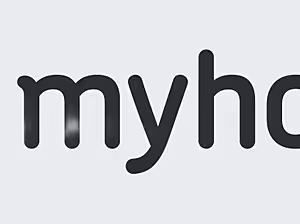
This week saw Bank of Ireland announce that they were bringing out 'Negative Equity Mortgages'. This has been in the pipeline for quite some time, certainly since mid 2010 years at least. These were already being done on a case by case basis until the Central Bank caught wind of it and told the banks to stop doing it until they looked into it further.
The end result was that they said banks could offer these if the criteria was prudent......
[poll id="49"]
[poll id="50"]
[poll id="51"]
Ulster Bank in turn have gone a slightly different route and allowing people to move house and take their tracker with them (in the US it's called 'moving paper' something we touched on here before), but they have not indicated you can do that with the negative equity portion.
And that is a key difference, the Bank of Ireland offer won't let you do that, so you will 'reprice' in the process and go onto a variable rate which is set at the bank's discretion.
I have said in the past that 'if you thought 100% mortgages were a bad idea how is a 125% mortgage a good one?' Then there are the mechanics of how it works to consider. That there is some level of demand for these is assumed because 40% of mortgage holders are in negative equity.
How does it work? If a couple had a mortgage with a balance of €300,000 on it (we'll assume they were boom-time tracker rate holders of ECB + 1%) but the value today was €180,000 their total repayments over the life of the loan (we'll say there is 25 years left on it) would be €381,000.
Even if you just switched that loan over to a variable with Bank of Ireland of 3.75% the loan would cost €462,000 (a difference of €81,000). The way it has been described thus far is that you would likely end up borrowing more in order to stay within the criteria mentioned of '125%'.
A couple with €50,000 of negative equity would not be able to go and borrow €100,000 because their loan to value would be 150% (150k loan + 50k neg eq loan) it would work ok to borrow €200,000 because in that instance it would be 125% (200k loan + 50k neg eq loan); if they went and bought a swank place for €500,000 their loan to value would look even healthier at 110%.
The product is aimed at people 'moving up', and in the process they stand to lose a valuable mortgage product, which is probably why almost nobody asks about these loans and instead we see a propensity for people to go and rent a property they like and rent out their own home. This creates the issue of being an 'accidental landlord' but doesn't require as much formality as a new loan.
The bank have indicated (creating very perverse incentive in the process) that people with mortgage arrears might be able to trade down while keeping their tracker. This area of lending is likely to grab more headlines as time goes by, but I can't help but think they will never be anything other than a marginal product, consigned to the same sleepy cul de sac as 10 year fixed rates and the like.








